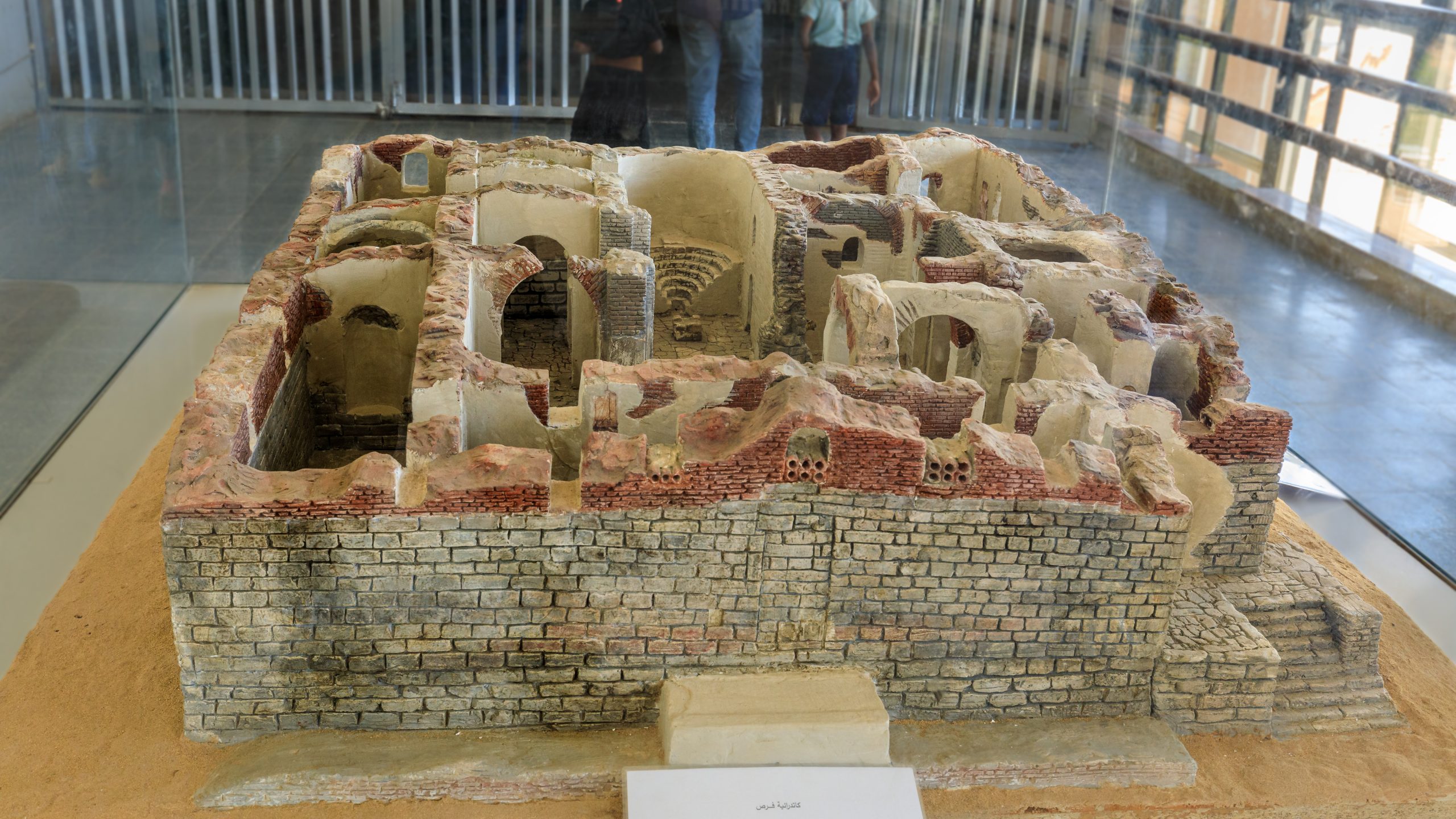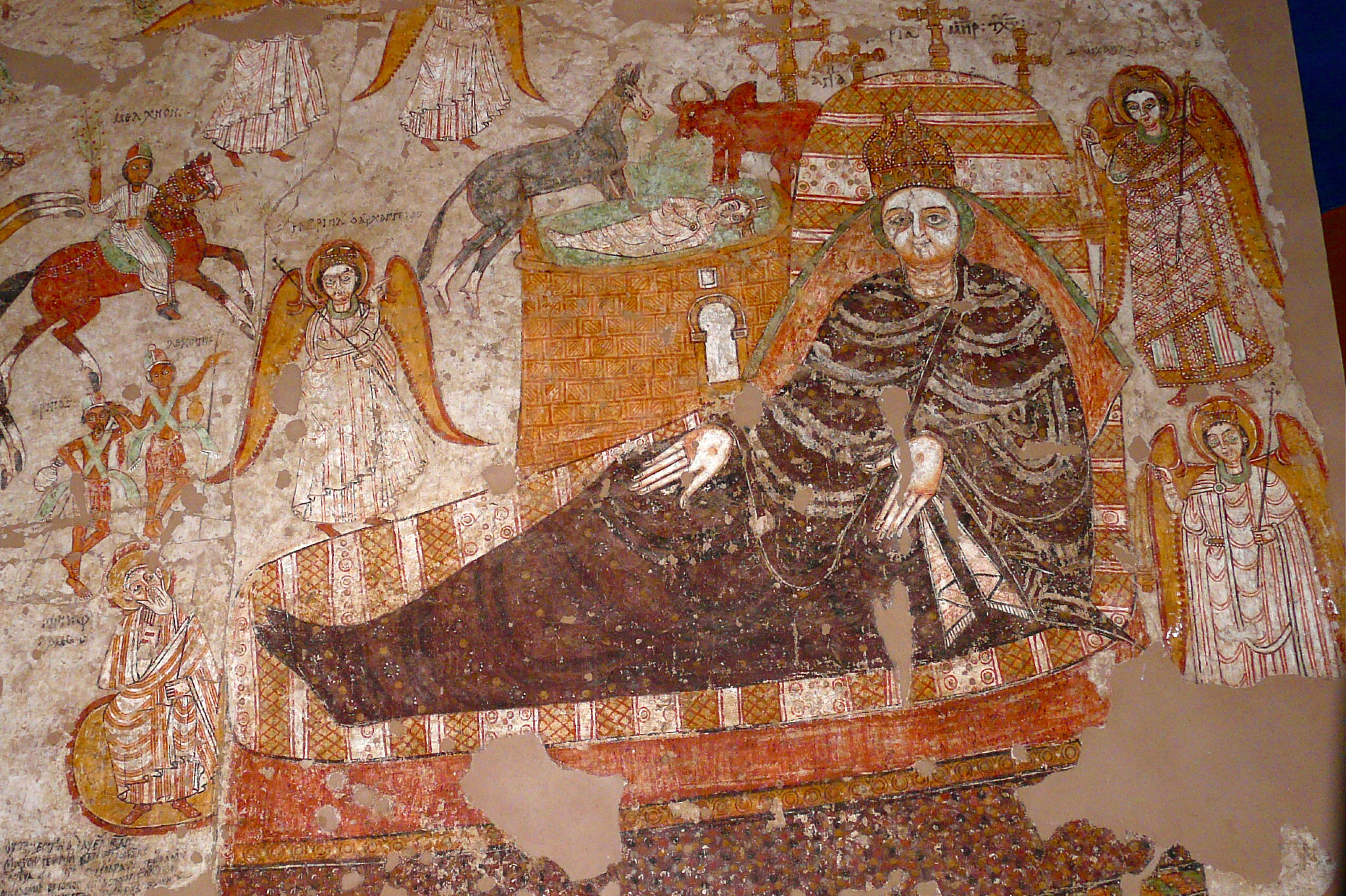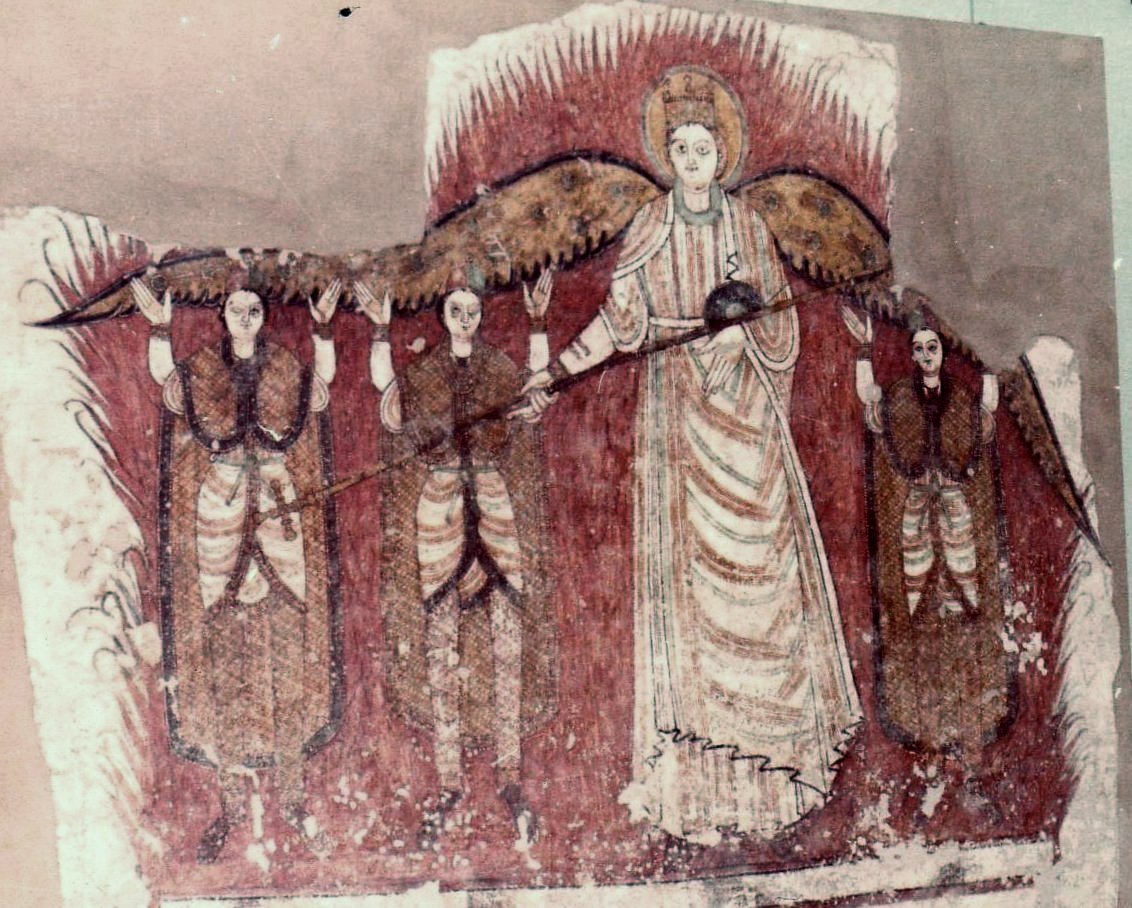
Model of the Nubian Cathedral in Faras, built in the 7th century. (Sudan National Museum)
A History of Christian Presence and Persecution
Christianity first came to the region of Sudan near the end of the the 1st century after Christ. It grew into the most prominent religion in that area until after Sudan, culminating in the three Christian kingdoms of Nobatia, Makuria, and Alodia, with the latter two continuing into the early 16th century. Sudan was increasingly settled by Arab nomads beginning in the 1400’s and underwent increasing Islamization. When the British eventually granted independence in 1956, the Sudan’s governance was placed in the hands of Arabic and Islamic-centric leaders. Since that time persecution drove many Christian Sudanese into the southern parts of Sudan, as well as into other neighboring countries.
Under President Omar al-Bashir, Sharia Law was instituted, threatening death to Muslims who converted to Christian faith, and enforcing economic and social isolation of non-Arabic Sudanese (Christian, Muslim, or otherwise). Following the secession of South Sudan in 2011, Bashir’s attacks escalated to the point that, Sudan was seen as one of the most difficult countries on earth to be a Christian. In 2011, the U.S. State Department officially named Sudan as a Country of Particular Concern because of its state-sponsored religious persecution. The U.S. government initiated sanctions to withhold any aid until things improved.
In present times, Sudan’s population is about 45 million people, with 97% being Muslim, 3% Christian, and the remainder adhering to indigenous (animistic) religions. Approximately 30-40 thousand Christians currently live in the Nuba Mountains. The Anglican Christians, under the Diocese of Kadugli comprise the largest denomination in this area.
- “The Nativity of Jesus Christ” an 11th C painting from the Faras Cathedral, kept in the Sudan National Museum, Khartoum. Photo credit: Isma’il Kushkush
- “The Nativity of Jesus Christ” an 11th C painting from the Faras Cathedral, kept in the Sudan National Museum, KhartoumMuseum. It depicts the story from Daniel 3 of the three youths thrown into the furnace. Photo credit: Ibrahim Omer.


